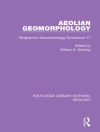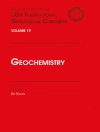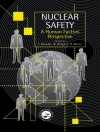Recent critiques of air quality management approaches currently employed in developed and many developing countries have suggested that efficiencies could be achieved if air quality management practices shifted from pollutant-by-pollutant approaches to a comprehensive multipollutant approach in which emission reduction decisions are based on relative risk and evaluated on their effectiveness in meeting environmental and health goals. This book assesses our technical readiness to undertake such an approach, and it outlines the technical developments that will be needed to achieve a risk-based approach air quality management that includes means for measuring the effectiveness of management decisions.
İçerik tablosu
1: Introduction.- 2: Decision-Making Framework for Air Quality Management.- 3: Risk-Based Assessment and Management Framework.- 4: Health Assessment Aspects of RISK- and Results-Based Multi Pollutant Air Quality Management.- 5: Ecosystems.- 6: Atmospheric Science of Air Pollution Phenomena – Current Directions toward Exposure Characterization 7: Source Emissions in Multipollutant Air Quality Management.- 8: Atmospheric modeling 9: Air quality measurements.- 10: Global change and air quality.- 11: Past examples of multipopllutant air quality management and accountability.- 12: Toward risk–and results–based multipollutant air quality management. What’s next?.- 13: Conclusions and recommendations.












